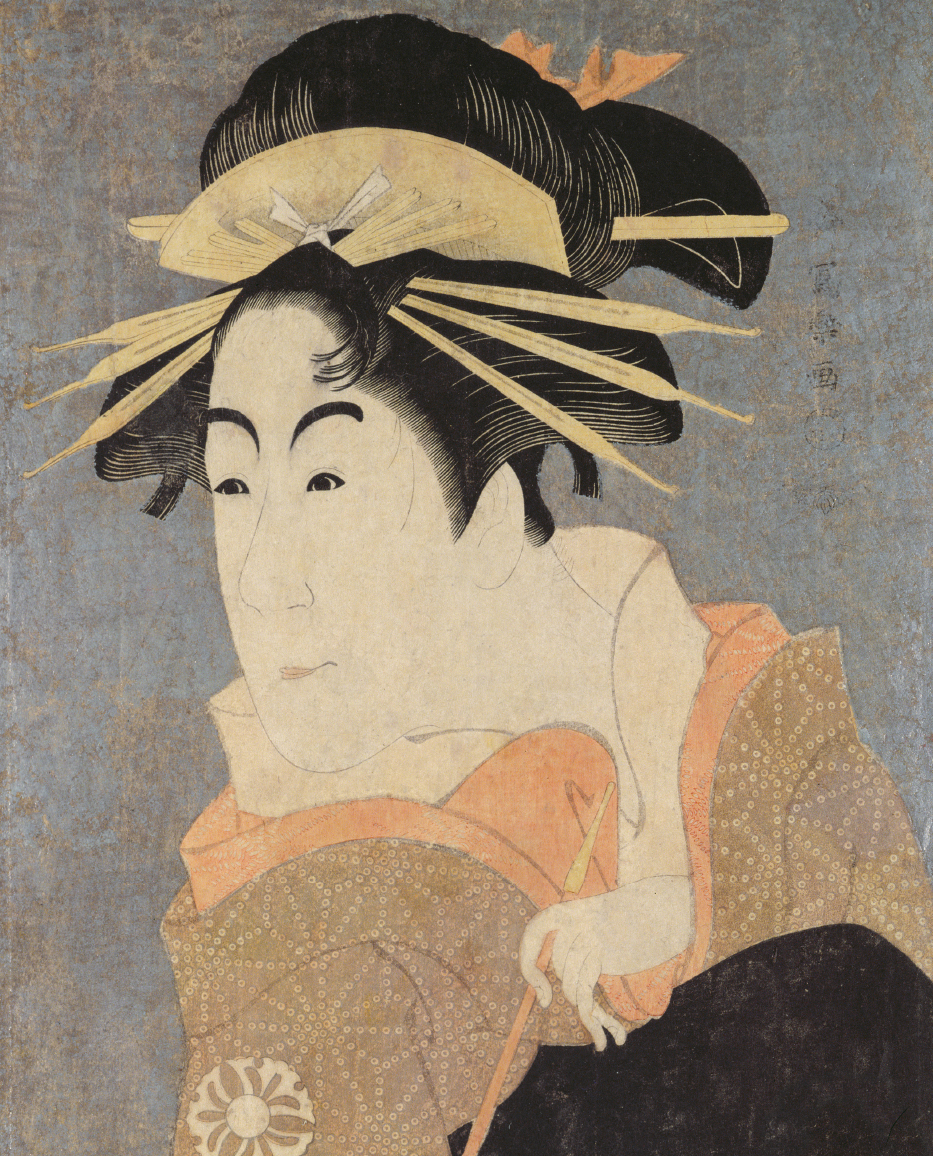A History of World Societies:
Printed Page 617
A History of World Societies Value
Edition: Printed Page 620
Introduction for Chapter 21
21
Continuity and Change in East Asia
1400–1800

The four centuries from 1400 to 1800 were a time of growth and dynamic change throughout East Asia. Although both China and Japan suffered periods of war, each ended up with expanded territories. The age of exploration brought New World crops to the region, leading to increased agricultural output and population growth. It also brought new opportunities for foreign trade and new religions. Another link between these countries was the series of massive Japanese invasions of Korea in the late sixteenth century, which led to war between China and Japan.
In China the native Ming Dynasty (1368–
In the Japanese islands the fifteenth century saw the start of civil war that lasted a century. At the end of the sixteenth century the world seemed to have turned upside down when a commoner, Hideyoshi (HEE-